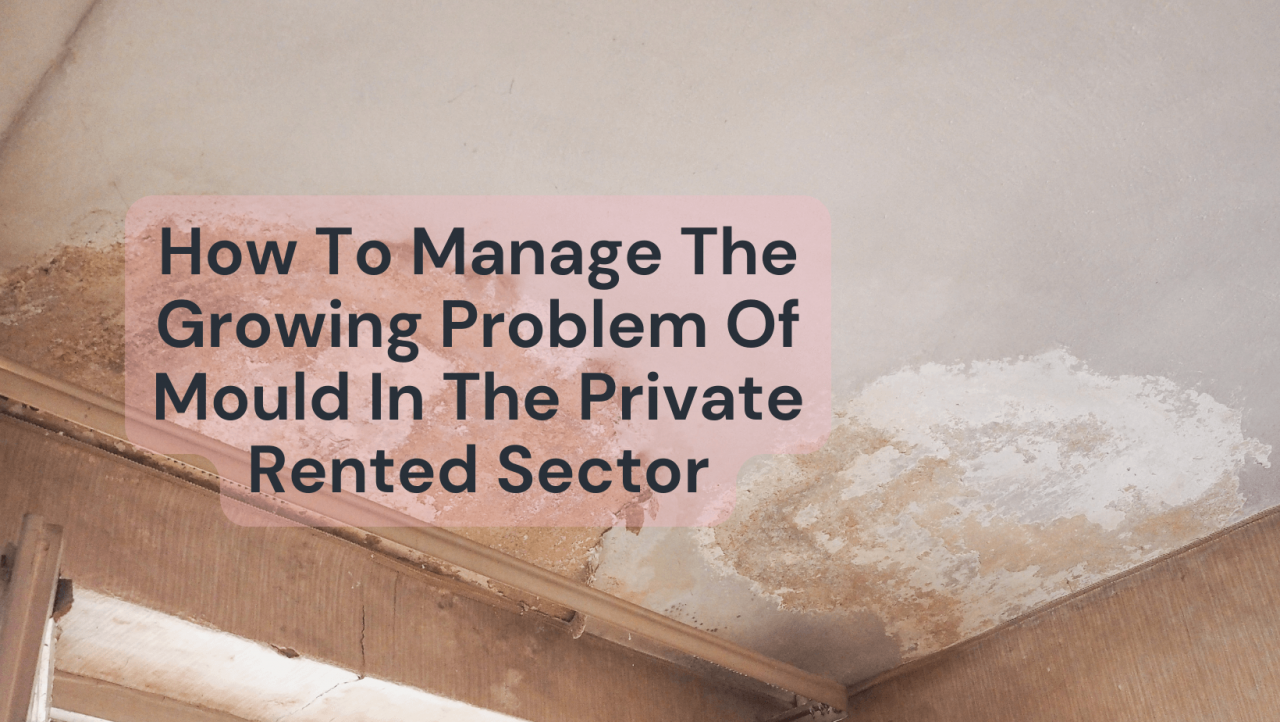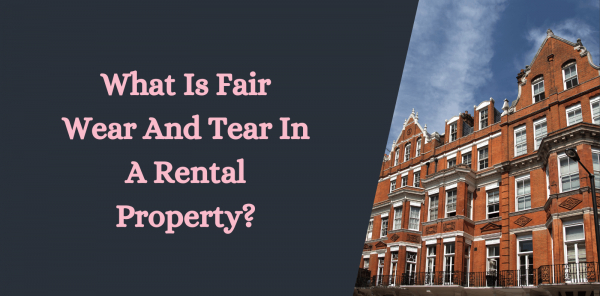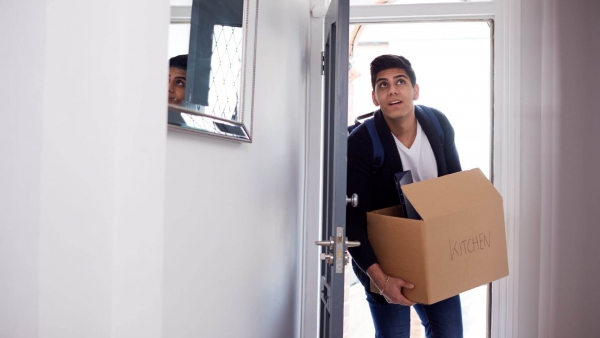The death of the two-year old Awaab Ishak in 2022 has pushed the government to focus on improving conditions relating to damp and mould in both the social and private rented sectors. Here's an overview of what's in place and what's to come to help reduce the risk of mould in the private rented sector.
How widespread are the issues with mould and damp in rental homes?
Eleven percent of private rented homes and four percent of social rented housing reported a problem with damp in 2021, according to the 2021-2022 English Housing Survey.
The cost of living crisis, soaring energy bills, and more working from home may also increase the likelihood of these conditions.
Sean Hooker, Head of Redress at the Property Redress Scheme, says this will “lead to under-heated homes, a reluctance to ventilate by opening windows, not using extractor fans, and not using tumble driers - even if they have them - and, instead, drying clothes inside."
How does damp and mould fit into current lettings legislation?
Dampness and mould are referenced in a variety of acts governing how landlords manage the repair and maintenance of their rental properties.
Private landlords are required to ensure the home is fit for human habitation at the start and during the tenancy, under the Landlord and Tenant Act 1985, with "freedom from damp" listed as a condition.
This act was then amended by the Homes (Fitness for Human Habitation) Act 2018. This points landlords to the Housing Health and Safety Rating System (HHSRS), which outlines the 29 circumstances when a property could be deemed unfit for human habitation, including damp and mould. It also shares advice on how to determine the presence of those key hazards in rental homes.
The HHSRS assessment is currently not "necessary" for the courts to decide whether the home is fit for human habitation, explains the Homes (Fitness for Human Habitation) Act guidance, yet local authorities can use it to identify those hazards and enforce action against landlords.
How will the Decent Homes Standard address the issue?
The Decent Homes Standard does not currently apply to the private rented sector, yet it will do so soon when the Renters' Reform Bill proposals are introduced to make meeting the standard a legal obligation.
The Decent Homes Standard once again refers to damp and mould as one of the hazards to identify through the HHSRS, yet also shares that the rating system is not a standard in itself. Its guidance on the standard states that it's simply "concerned with avoiding or, at the very least, minimising potential hazards."
The government's Renters' Reform Bill A Fairer Private Rented Sector white paper states that the Decent Homes Standard will help ensure that homes in the private rented sector are "warm and dry", saying that it's unacceptable that some renters are living in damp or mouldy homes.
What should landlords do to stay compliant?
The landlord guidance for the Homes (Fitness for Human Habitation) Act 2018 places the obligation on landlords to keep the structure and exterior of the property as well as the service installations - such as water supply - in a good state of repair.
If the damp and mould issues arise due to maintenance or structural problems in a rental property, the landlord should therefore take action to rectify it.
If a tenant finds an issue with the property that they believe makes it unfit for human habitation, they'll need to notify the landlord or agent in writing. The landlord would then need to deal with the issue in "a reasonable amount of time", according to the act's guidance.
However, the guidance also outlines that the landlord won't need to "remedy unfitness" if it's caused by tenant behaviour - e.g. damp causing mould through poor ventilation.
The tenant needs to ensure that they adequately heat and ventilate the property to avoid damp building up, causing mould.
How does the government plan to improve guidance on damp and mould?
The government is currently reviewing the HHSRS. Reports suggest that local authorities inspecting rented properties will be "formally instructed" to review the occupant's behaviour when deciding whether to take action against a landlord amidst allegations of dangerous conditions.
The Chair of the Regulator for Social Housing, Bernadette Conroy, has also called for the Decent Homes Standard to make the obligations on landlords around damp and mould more “explicit”.
Ministers have promised new guidance for damp and mould in rented homes by the summer 2023, and the private renters' ombudsman outlined in the Renters' Reform Bill is expected to oversee tenant complaints in the future, including those related to mould and damp.
A petition signed by more than 170,000 people asks for "Awaab's law" to give landlords 14 days to carry out damp and mould inspections, and then seven days to start repairs if a health risk is found - a request that the government may factor into its guidance going forwards.
This article is intended as a guide only and does not constitute legal advice. For more information, visit gov.uk.
Source: Goodlord






Share this with
Email
Facebook
Messenger
Twitter
Pinterest
LinkedIn
Copy this link